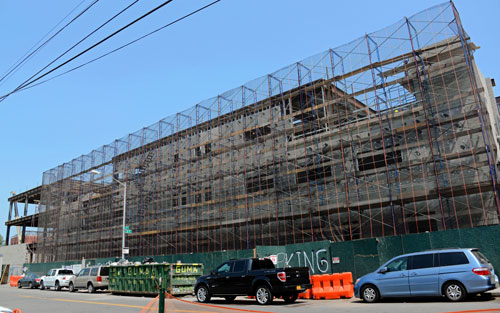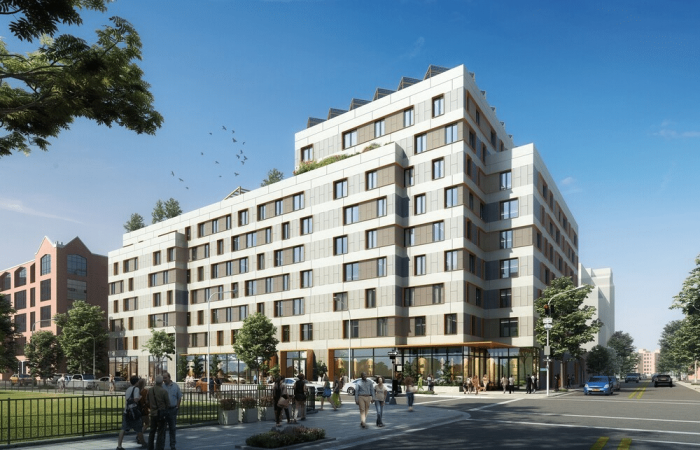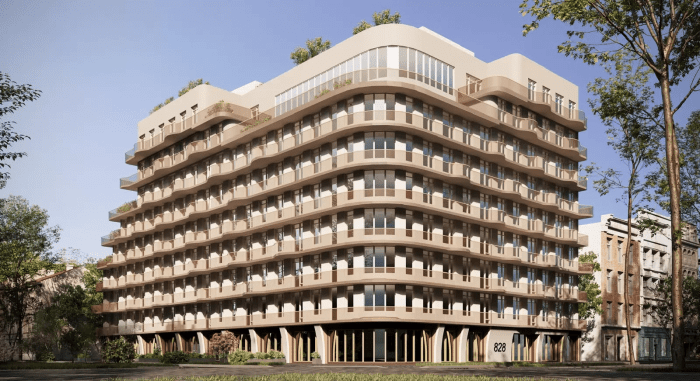There is plenty of room Downtown to house the parole office Gowanus residents are fighting to keep out of their neighborhood, according to Borough President Adams.
Adams joined a chorus of pols questioning the consolidation of Brooklyn’s parole offices into a three-story building where Second Avenue dead-ends at the Gowanus Canal. But unlike his peers in politics, the Beep ventured a location where the facilities could go instead.
“The criminal justice system doesn’t need to be spread all across Brooklyn,” Adams said, explaining that Downtown is the obvious choice.
Brooklyn parole operations have been split between three Downtown locations since a developer booted a previous headquarters from its Livingston Street location several years ago in order to demolish the building. The parolee reporting station is currently located at 350 Livingston St., between Nevins Street and Flatbush Avenue Extension. Another office is on Schermerhorn Street between Nevins and Third Avenue and a third sits on DeKalb Avenue between Fulton Street and Flatbush Avenue Extension. The offices’ proximity to many bus and subway lines helps ex-offenders pinch pennies and stay out of trouble, Adams said.
“When you’re on parole, cab fare can be the difference between violating and not violating,” he said. “We shouldn’t make it more challenging.”
Adams said he would prefer to see the state Department of Corrections and Community Supervision place the new headquarters in “preexisting space” located near the courts Downtown, but did not specify a particular building. An office building Downtown would be a better fit than a mixed industrial and residential area like Gowanus, he said. The Borough President, a former police officer, said he wants former prisoners to get every chance at returning to society, but he appreciates the concerns of neighbors who predict the office will create crime.
“Down the block from Miss Jones in her garden is not where you want parolees walking by all day,” he said. “Parole does not fit in a residential community.”
In his opposition, Adams joins Councilman Brad Lander (D–Gowanus), Assemblywoman Joan Millman (D–Brooklyn Heights), and her presumptive replacement, Democratic nominee Jo Anne Simon. The officials question the secrecy that shrouded the decision to locate the new complex, and said that an office operation there would dilute the protections afforded to the area as an official industrial zone created by the Bloomberg administration.
“Once you lose industrial space it’s gone forever,” Adams said.
This paper broke news of the parole plan in July, a full year after the state inked a deal with the building’s owners. The complex is set to serve 5,000 parolees, or about 400 per day, according to the state. Prison reps defended the plan at a September community meeting and said the project is going full speed ahead, with construction expected to wrap in January and parole workers moving in April.
























